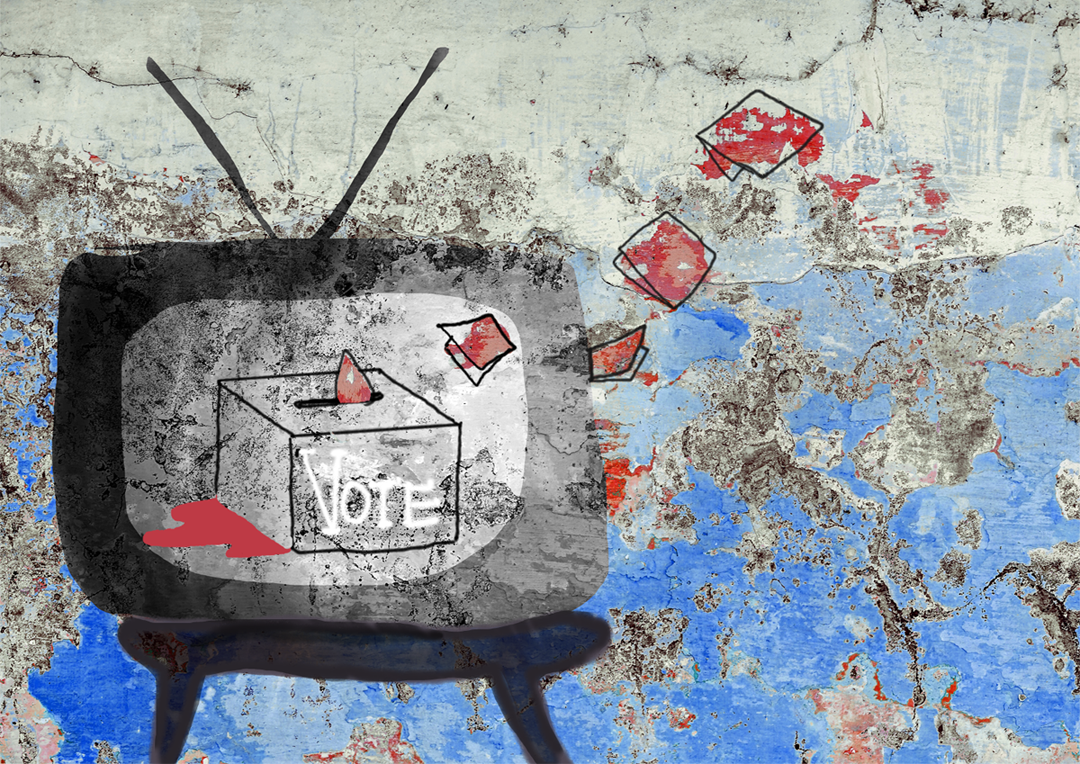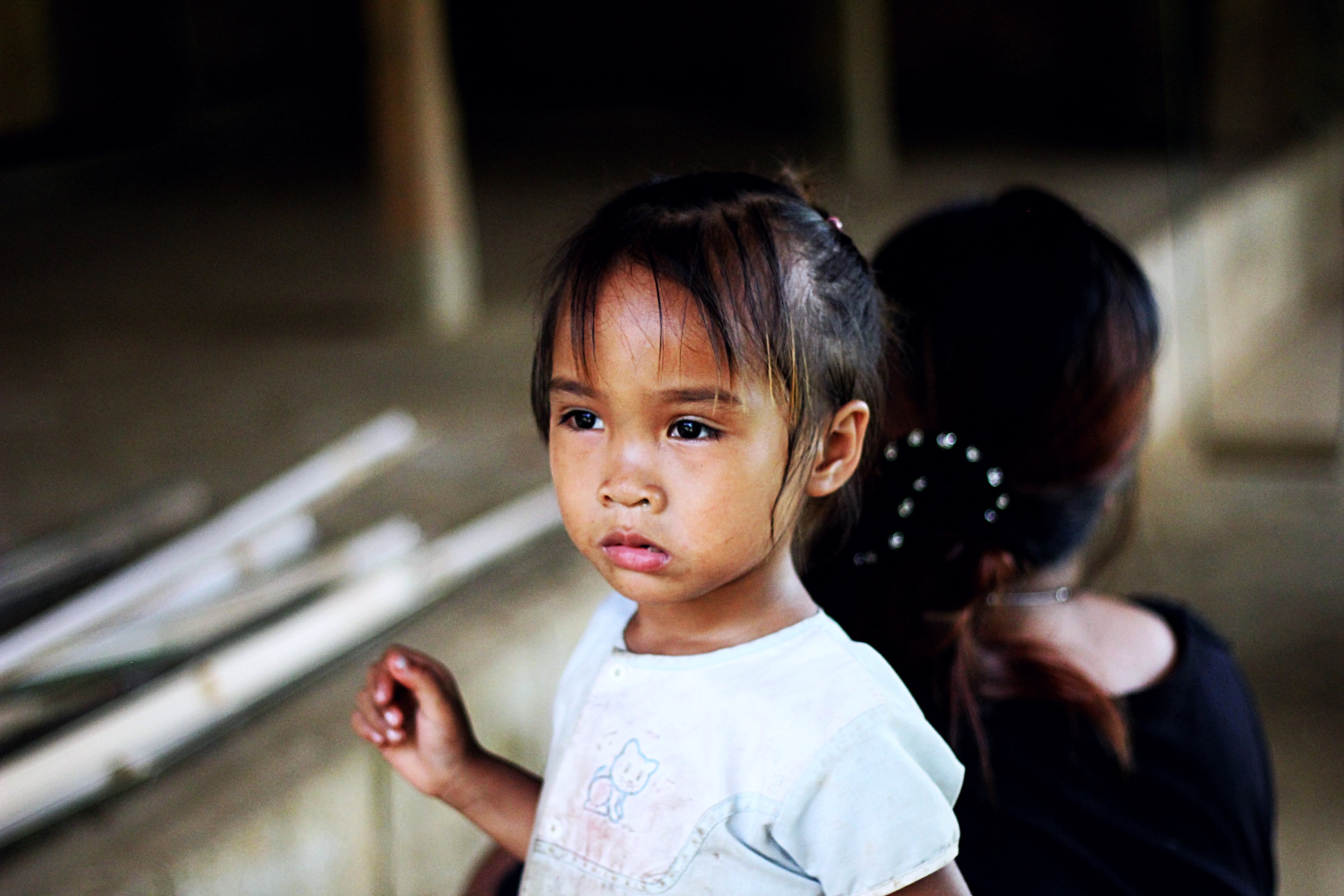
Today most Americans take it as a given that they can vote in presidential primaries. In fact, most states did not hold open primaries in presidential elections until 1976. The Democratic party overhauled their primary system following the chaotic 1968 Democratic National Convention (DNC) and the disastrous election that followed. With unprecedented protests suppressed by intense police violence and a candidate selection process that spurned majority opinions, the 1968 DNC revealed the massive gap between voters and the Democratic Party establishment.
The 1968 DNC was hosted in August, in a year of intense civil unrest. In the heat of the Cold War and the 13th year of Vietnam involvement, Democratic voters and student activists looked to peace candidates like Robert F. Kennedy and George McGovern as potential replacements for President Johnson, who had withdrawn his candidacy for president. But in June, Kennedy was assassinated, leaving a large portion of the delegates unassigned and the primaries in chaos.
Johnson did not run for reelection partly because of his low approval ratings. But despite his unpopularity with voters, Johnson still exerted a massive pull on the Democratic Party establishment. He used his influence to build support for his vice president, Hubert Humphrey, who would continue his agenda — including the war.
Chicago Mayor Richard Daley sought to capitalize on party instability by asserting himself as an establishment power-broker. After implying to Johnson that Democrats could lose Illinois’s swing vote if the convention was not held in Chicago, Daley did everything in his power to suppress dissent surrounding the convention.
Protesters gathered in parks and on the streets of Chicago. They began arriving a week in advance, with plans to protest the war and the Democratic candidates. In preparatory retaliation, Daley enacted a curfew and called in 23,000 officers to control 10,000 demonstrators.
Once the convention began, police and National Guardsmen attacked the nonviolent protesters with impunity. Police targeted journalists, photographers, and women, beating civilians with clubs and spraying tear gas. “It was the most intense week of hate I’ve ever experienced,” photojournalist Dennis Brack later recalled.
By the fourth day of violence, over 600 people had been arrested and over 1000 protesters treated for injuries, 400 of them for tear gas exposure. Police aggression was so unequivocal, particularly on the night of August 28, that the incident became known as the Chicago Police Riot. Images of the police violence were widely broadcast, but, surprisingly, did little to evoke national sympathy for the protesters. Opinion polls after the riots showed that most Americans supported the actions of the police in Chicago.
Inside, the convention itself was in turmoil. The pro-war delegates eventually defeated the anti-war contingent, despite the fact that 80% of primary voters had voted for anti-war candidates. The undemocratic reality of this system finally gave way as the 1968 Democratic National Convention, with the clamor of riots outside, selected Hubert Humphrey, who had not won a single state primary, as its candidate. Humphrey went on to be soundly defeated by Richard Nixon in the general election.
The 1968 DNC riots not only expressed a grassroots outrage, but demonstrated how government authority would react to genuine dissent: with swift punishment and violent suppression. That week culminated a year of civil unrest and police repression, from the Columbia University protests to the King assassination riots in more than 100 cities across the nation. According to Professor James Galbraith of the University of Texas, the DNC riot was the turning point, when state violence against protesters became the “American way of life.”
After the election, the Democratic Party formed a commission to investigate their electoral policy. This led to electoral reforms known as the McGovern Reforms, which were designed to make delegate selection more transparent and regulated, as well as diverse, with women, minorities, and youth more fully represented. These changes did not reduce the chaos in the short term; the 1972 DNC held in Miami was also internally tumultuous, though not violent. The chosen 1972 Democratic candidate, George McGovern, was defeated by Nixon in a landslide.
Changes to the delegate selection process were not enough. The primary system itself needed reform. By the 1976 election cycle, Democrats had decided the best way to pick convention delegates was “through primaries and caucuses open to the public.” Today, all but 13 states hold open primaries for Democratic nomination; the remaining 13 hold caucuses.
This altered system gave rise to the model of swing-state and caucus campaigning we see today. “Grassroots” candidates have a better chance of success in the primaries than they once did. If, like Barack Obama in 2008, they generate enough delegate support in individual districts, they can win with less establishment favor. However, this is only true to an extent: Obama was able to defeat establishment candidate Hillary Clinton in 2008, but Bernie Sanders was unable to overcome her establishment clout in 2016.
During the 2016 election cycle, both sides raised objections to how the delegate system obstructs popular non-establishment candidates like Sanders and Trump. In particular, candidates and voters objected to superdelegates, a subset of primary delegates from certain states who can vote freely. These superdelegates are usually party leaders, such as governors, senators, or representatives, and generally vote in line with the national party agenda.
Inclusive the new system may be, but on a national scale it remains incomprehensibly convoluted. Geoffrey Cowan, professor at University of Southern California, calls these systems “dizzyingly complex.” “No sane person can understand what they have to do to participate in a Democratic process,” he says. “There ought to be more standardization of the system today.” Each state has its own delegate selection process. And though they must conform to national party regulations, these regulations frequently change between election cycles.
With 2020 presidential primaries approaching on an already packed ticket, the issues of delegate selection will arise again — superdelegates, caucuses, and gerrymandering are all likely to be hotly debated. The results of the 1968 DNC were a major policy change. It is hard to imagine, today, that we ever voted without open primaries. And perhaps there are aspects of today’s system which, in 50 years, we may recall with shock.







